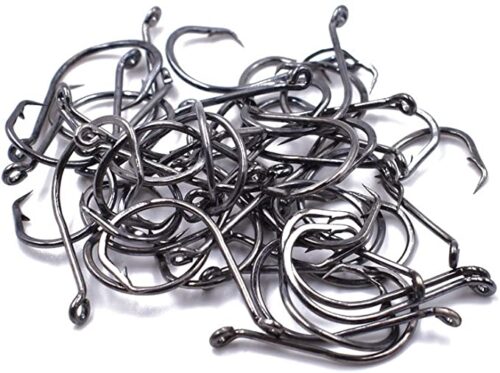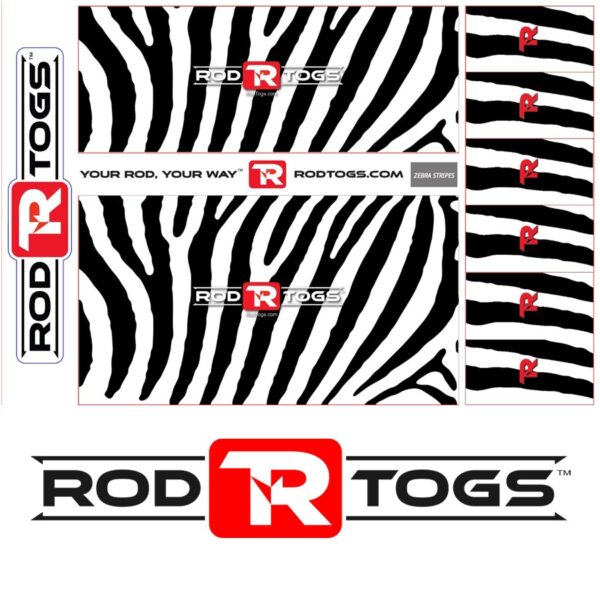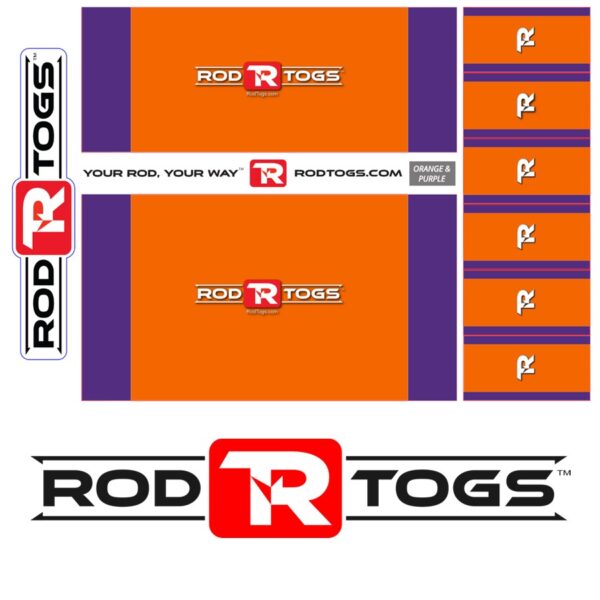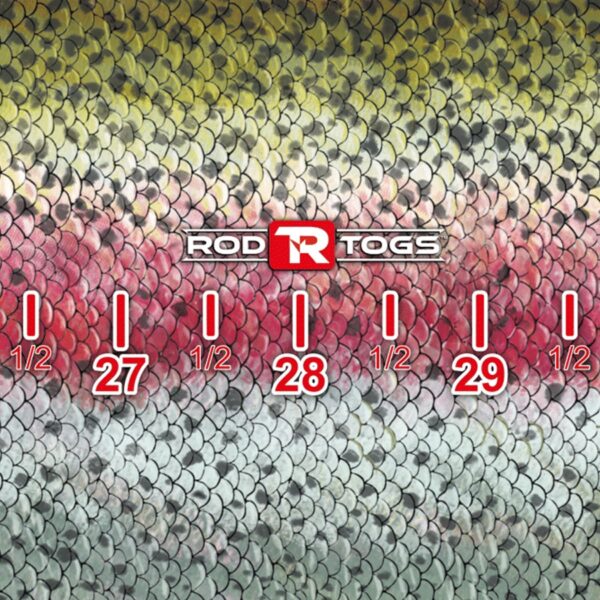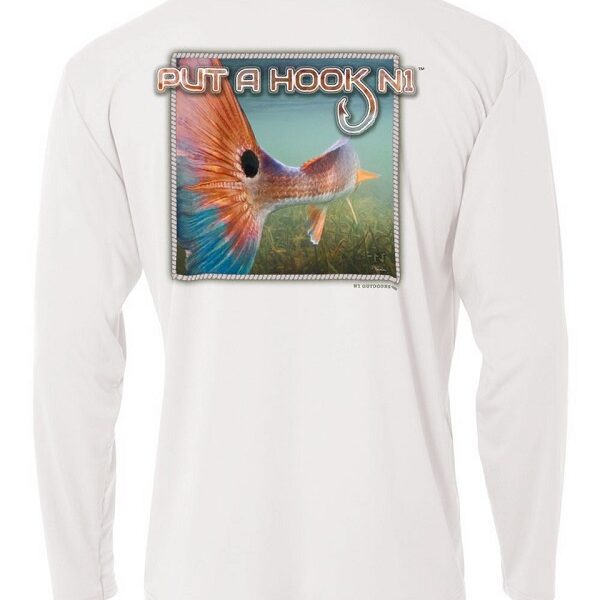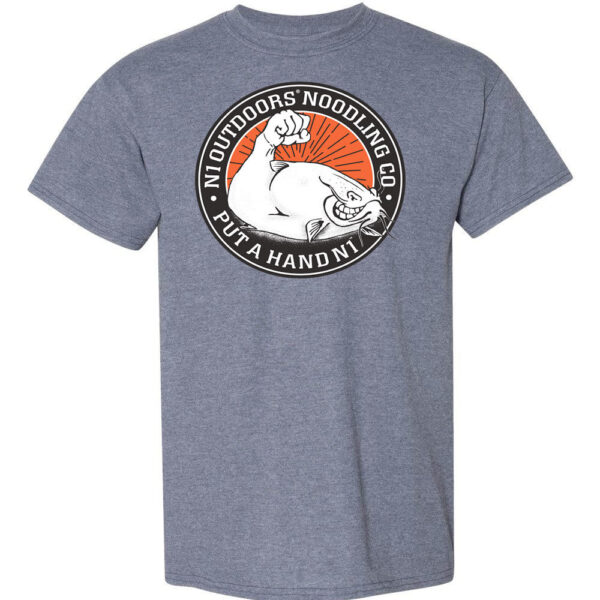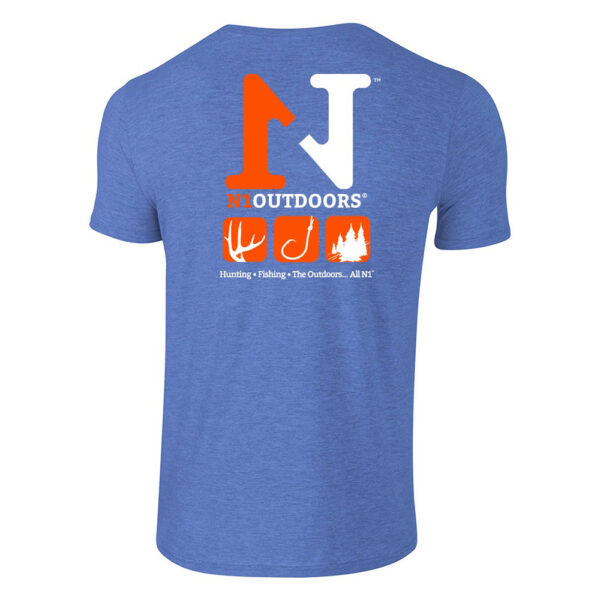It’s tough to catch fish… if you don’t have a hook!
The fishing world is full of different types of hooks, and they come in all shapes and sizes, and many hooks today are made for a specific purpose or presentation.
So, let’s take a look at the different kinds fishing hooks and how they are used.
Main Types of Fishing Hooks
We will break down fishing hook designs into 3 main types, the single hook, treble hook, and double hook. Let’s look at each type and how it best applies in the fishing world.
Single Hooks
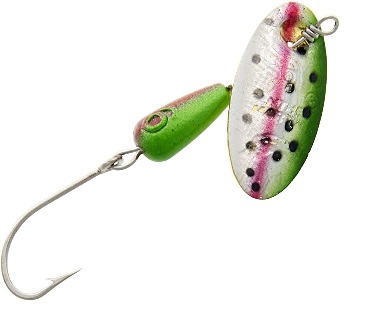
Single hooks, as the name suggests are is one of the most universally used hooks and have many variations. (photo credit: Amazon)
Single hooks are the most commonly used fishing hook. It’s the type that everyone has surely used, even if they have only fished a few times in their lives, as this is the hook type used to catch everything from panfish to the biggest saltwater gamefish.
There are several single hook designs, such as the standard bait keeper hooks, Aberdeen hooks, circle hooks, Siwash hooks, octopus hooks, and wide gap single hooks. Some of these hook types are commonly used for various fishing presentations, and some fill a niche role.
-
Sale!
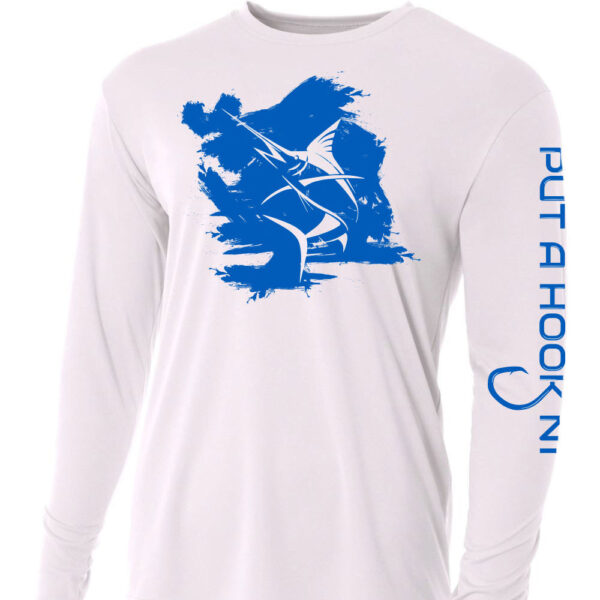
Put a Hook N1™ UPF30 Marlin Performance Fishing Shirt (White)
Original price was: $34.99.$9.00Current price is: $9.00. Select options This product has multiple variants. The options may be chosen on the product page -
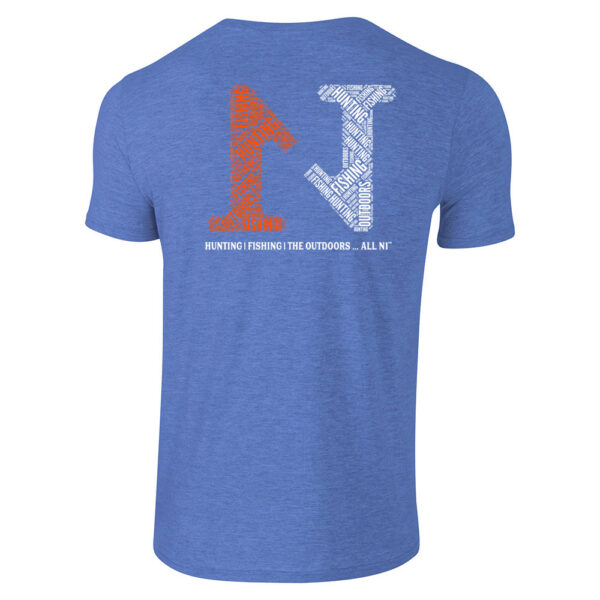
N1 Outdoors® Word Cloud Tee (Heather Royal)
Price range: $22.99 through $28.99 Select options This product has multiple variants. The options may be chosen on the product page -
Sale!
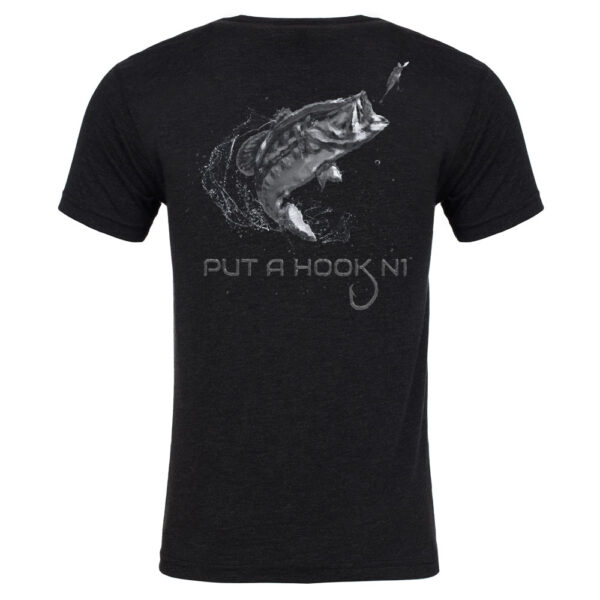
Put A Hook N1™ Hydroglyphic™ Bass Fishing Tshirt
$5.00 Select options This product has multiple variants. The options may be chosen on the product page
Bait Keeper Hooks
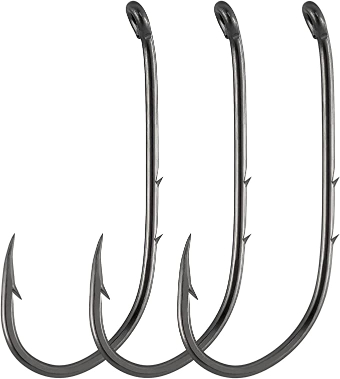
Some bait keeper hooks will have barbs on them to help hold the bait securely to the hook. (photo credit: Amazon)
Bait keeper hooks are the most common single hook used. Bait keeper hooks are designed to be used with live bait or, in some instances, artificial bait presentations.
These hooks are used for everything from bluegill, tilapia, perch, walleye, and other small to mid-sized fish species where live bait use is a common method of fishing.
The designs can differ slightly from one brand to the next, and some will come with barbs on the shank to keep live bait such as nightcrawlers or grubs secure and prevent them from wriggling off.
#
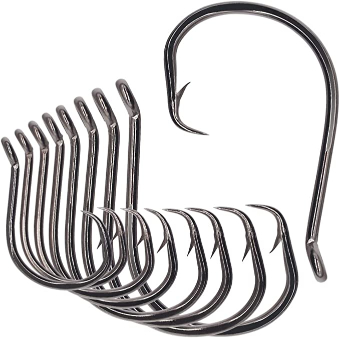
Circle hooks are are designed to hook a fish in the corner of its mouth (photo credit: Amazon)
Circle Hooks
Circle hooks are another form of hook that is frequently used with live bait and cut bait. They have a very circular profile and lack the straight shank commonly found on other types of single hooks.
Circle hooks are designed to hook a fish in the corner of its mouth, and the shape of the hook, combined with the 90-degree flat section at the tip, acts like a cam, and the hook follows the line when tension is put on it,
The circle hook follows the line to the corner of the mouth, where the cam action engages when the tip catches flesh, thus hooking the fish perfectly in the corner of the mouth, which is the optimal position for hooking and is great for catch and release as well as the fish typically won’t swallow the hook.
Circle hooks are popular for various big game fish like catfish, grouper, striped bass, and others.
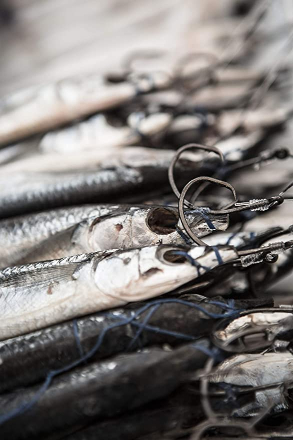
Circle hooks are great for many live bait presentations (photo credit Amazon).
Wide Gap Hooks
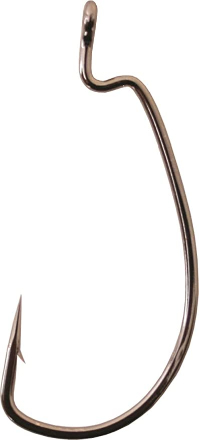
Wide gap hooks are a great choice for soft plastic baits like rubber worms (photo credit: Amazon).
Wide gap hooks feature a large curve creating a gap between a very short shank section and a flat section that features the hook and barb.
Wide gap hooks are one of those types that have a pretty specific purpose, which is their’ usage with soft plastics.
These hooks are predominantly used in the bass fishing world for soft plastic worms and craw-style baits. The wide gap allows them to be rigged weedless, as well as allowing for high percentage hook-up rates.

Single Hook Versatility
The above single hook types can also be found on fishing lures and are common on lures used for fish species like salmon, trout, and saltwater species.
On spinners such as rooster tails or naked spinners commonly used for species like salmon and trout, the hooking percentages can be higher with a single Siwash-style hook, and the same applies for large saltwater lures, which can feature different single hook variants like octopus hooks.
The reason single hooks are the most common hook used boils down to versatility, as they can be very effective in a wide range of fishing applications.
We could go all day talking about different types of single hooks and their uses, so we covered the main ones used today.
Treble Hooks
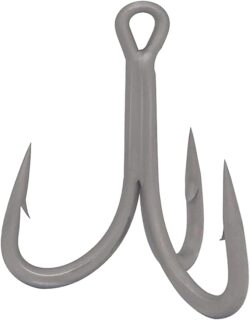
A treble hooks are found on many hard-body baits such as crankbaits and jerkbaits (photo credit: Amazon).
The next hook in line in terms of commonality and use is the treble hook.
Treble hooks feature three shanks soldered together to form a triangle hook point pattern on a single shank.
This hook style is found on most hard body lures like jerkbaits, crankbaits, and topwater baits, they can also be found on inline spinners like rooster tails and bucktails.
Treble hooks are similar to single hooks in that some anglers use them to fish live bait for certain species, and they are used to hook live minnows when fishing for species like walleye, crappie, and on sucker rigs for musky. They can even be used on ice fishing rigs for pike.
Treble hooks are great for increasing the hooking percentages of large predatory fish, particularly those with bony mouths like musky and pike that feed in the middle of the water column or on the surface.
While they are great for certain species and fishing applications, they have one major issue: their tendency to snag on cover and obstructions like timber and vegetation.
There are treble hooks on the market that feature weed guards, but most anglers who have used them will often confess that the hooking percentage on striking fish suffers greatly compared to treble hooks without them.
Treble hooks are often ill-suited in bottom fishing roles for the same issues mentioned above, such as snagging on roots or anything on the bottom, and they lack in the stealth department compared to a single hook.
Double Hooks
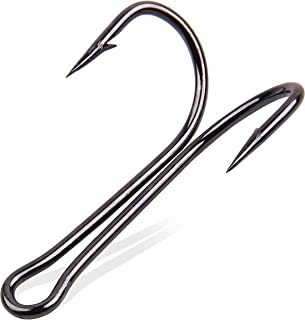
Double hooks look similar to treble hooks, but with only two shanks/points (photo credit: Amazon).
Double hooks are like treble hooks, but as you could probably guess, there are only two points.
Double hooks have two barbed points that bend at 45 degrees from the left and right of the shanks, and most double hooks are formed from a single bent piece of steel, with a small gap separating the shanks.
Double hooks are very niche in the angling world. They are typically used today in topwater frogs used for bassfishing, which are typically hollow, and the hook pointing up and forward allows these lures to work in even the heaviest of cover.
Some modern swimbaits also feature a single, double hook on the belly, with a magnet molded into the body to keep the hook in place when fishing.
Double hooks are very rarely, if ever, used on lures or for live bait applications by anglers other than with the lures mentioned about, as single hooks and treble hooks are far better at performing in other fishing scenarios.
Types Of Fishing Hooks | Final Thoughts
There you have it, a basic overview of the different types of hooks commonly used in fishing, while there are a few other types that may or may not be used today, these three hook types cover 99% of modern fishing applications.
We hope you put a hook N1!

